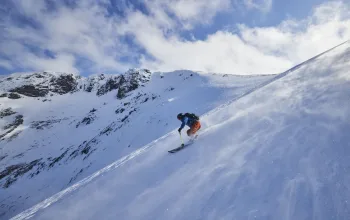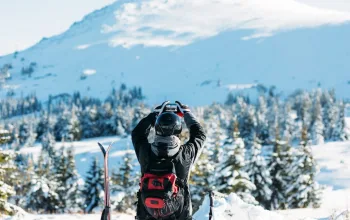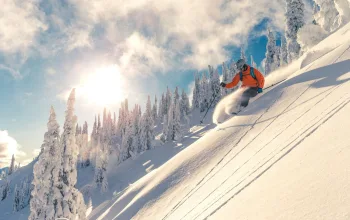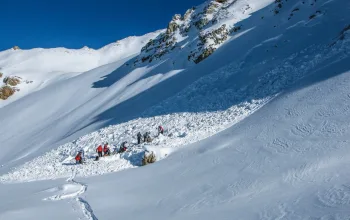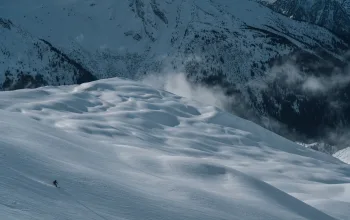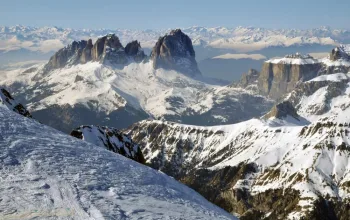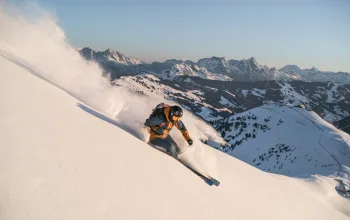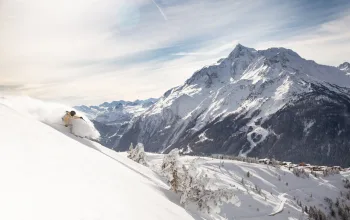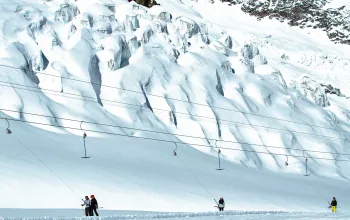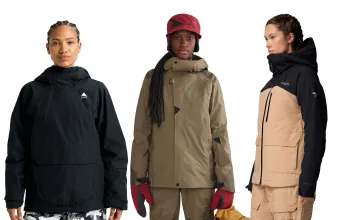What to look for
Weight
Base- and mid-layers come in different weights, and generally the heavier the weight the warmer the garment will be. This is measured in grams per square metre and will usually be indicated on the product unless it’s a down product in which case the higher the ‘fill power’ the warmer the garment.
Fabric
In recent years merino wool has become the fabric of choice for many manufacturers. This is because in general it manages moisture, heat and cold better than cotton and synthetics and doesn’t smell even after days of wear.
 That said there are some excellent synthetics such as Patagonia’s Capilene and Helly Hansen’s Lifa which have comparable performance to merino and do a great job of keeping you warm and comfortable, so don’t by any means reject this option. Some manufacturers, such as Odlo, mix merino and synthetics with great success too.
That said there are some excellent synthetics such as Patagonia’s Capilene and Helly Hansen’s Lifa which have comparable performance to merino and do a great job of keeping you warm and comfortable, so don’t by any means reject this option. Some manufacturers, such as Odlo, mix merino and synthetics with great success too.
Design
Look for features such as flatlock seams which prevent chafing, thumb loops, raglan and contoured sleeves, dropped tail and zip/non-zip neck, all of which impact on comfort.
Other stuff
Heavier weight base layers are only likely to be useful in the coldest months, while lighter ones can be used to layer up year-round and are thus more versatile. And do you want long sleeves or short sleeves? Again the latter will also be good in summer but may be too cold for the coldest winter days.



